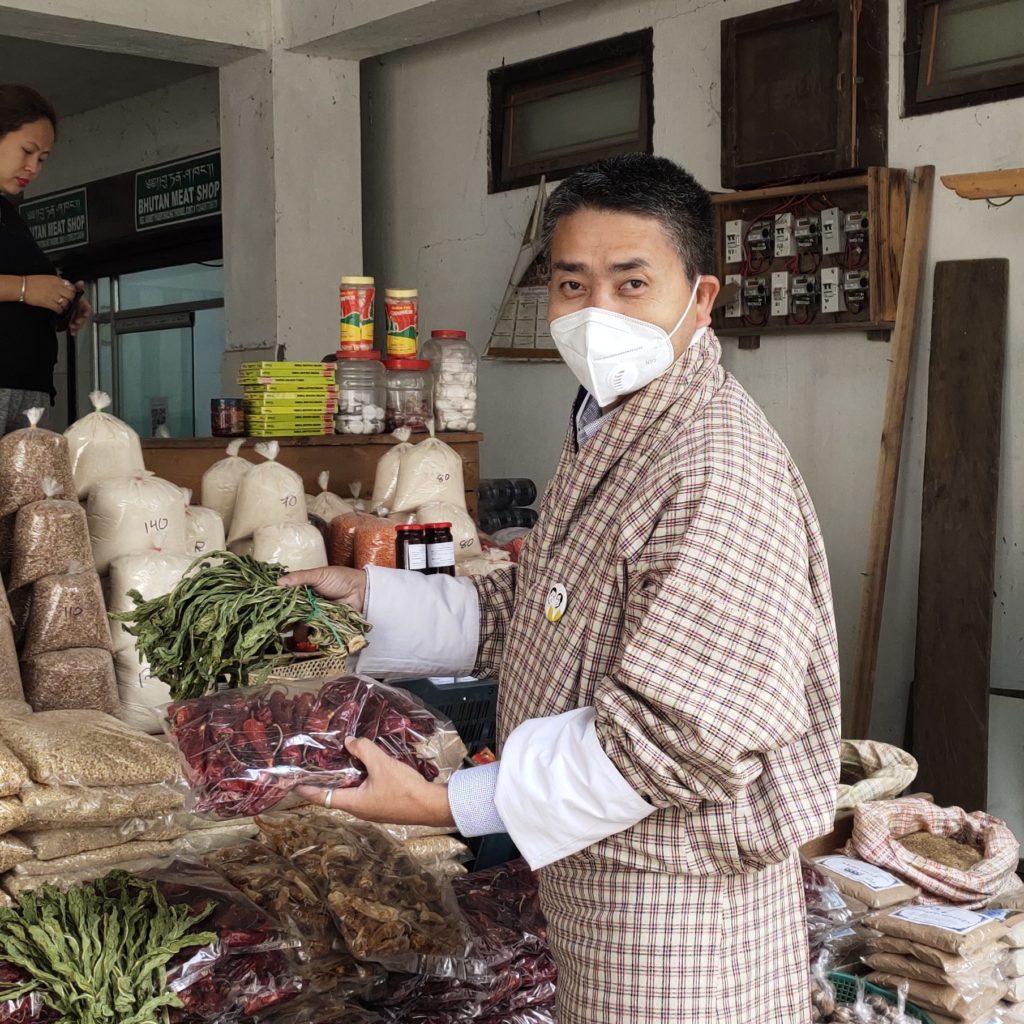Of course, it sounds a little strange that the Department of Architecture and Built Environment at Lund University works with drying fruit. How did this come about? Shouldn’t we be drawing houses?
For a long time, my department, Energy and Building Design, which is part of the Department of Architecture, has been working with solar energy. From the beginning, it was mostly system issues around solar heating and solar cell installations for detached houses.
Time passed and the solar heat disappeared from the market. Solar cells became an increasingly well-established product that required less and less research.
In the same vein, the group got the chance to work together with the department of Food Technology at Kemicentrum in Lund on just sun-dried food.
A little funny, most of the solar energy research disappeared from our group and all that was left was sun-drying fruit. It so happened that the Department of Architecture and the Built Environment became a ”solar dryer”.
The project with Food Technology was to dry citrus juice in a kind of water-permeable plastic bag. The great thing about the bag is that it does not let through sugar, fibers and vitamins.
The idea was to produce fruit concentrate in plastic bags. If you so want, you can refill with water and instantly, you have a good fruit drink.
For three years we worked on this together with the University of Maputo, Mozambique. We spent most of the time in the countryside with fruit growing farmers who all used the technology.
Several different tests were performed. It was measured in both Lund and Maputo. Thermal conductivity calculations were performed in advanced computer simulation programs and studies were performed on how both men and women were employed during the day. So how did this end then? Slightly mixed success. There was not much juice. However, the women started making a very good jam.
Today, there is at least one company that makes marmalade and one carpenter who builds solar dryers. The project is still ongoing and we hope that it will pick up speed in the future.
After me and my colleague Martin Andersson at the Department of Energy Sciences at the University of Lund applied for new solar drying projects six times, we finally received research funding to continue with solar drying.
This time we are going to do it in Nepal and in Bhutan. In Nepal we have Kathmandu University with us and in Bhutan we work together with Tshewang Lhendup at the Royal University of Bhutan.
Elina Andersson at LUCSUS (Lund University’s Center for Studies of Sustainable Social Development) is also involved in the project. Elina will work with market adaptation and dissemination of the project. Pia Otte from Norwegian Ruralis (Institute for Rural and Regional Research) is involved in the project and she is responsible for social issues. It is important that the technology we develop fits into the local culture. The technology must not be built in a vacuum, Pia usually says.
Now we look forward to working with my old friends in Nepal and Bhutan for several years. Because this is not the first project we have together. Those of you who have been reading Druk Yul for a couple of years and who have a good memory, may you remember an article about the start-up of a master’s program in energy-efficient construction? Actually, there were several such articles, both from the project itself and from students and teachers who made an exchange Bhutan-Sweden. We will do that again, teacher exchange and student exchange. Bhutanese students travel to Lund to learn how to make insulation materials that fit perfectly with traditional Bhutanese houses. We want to preserve the beautiful Bhutanese architecture. But we’ll take that story another time.
Now we will first dry the chili and black cardamom.
Henrik Davidsson

